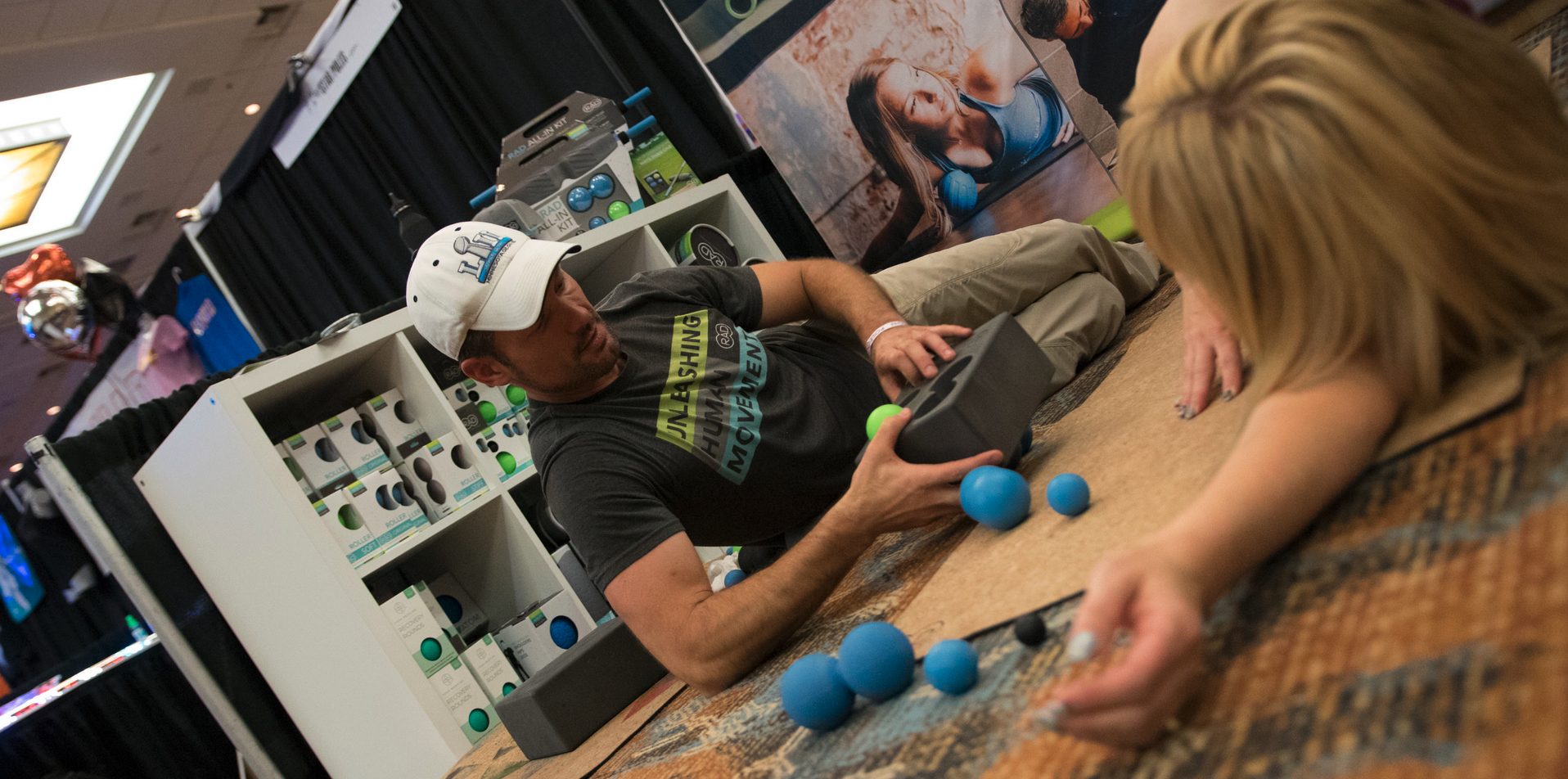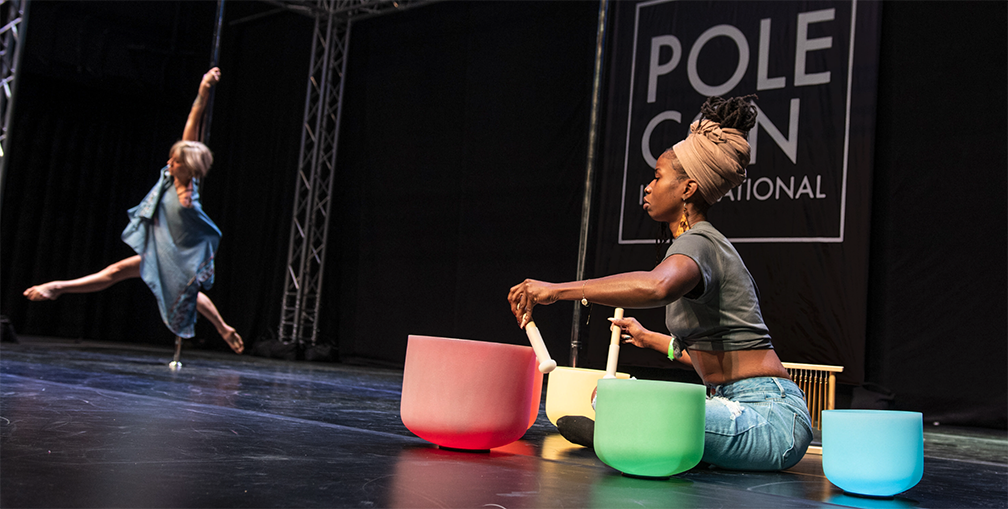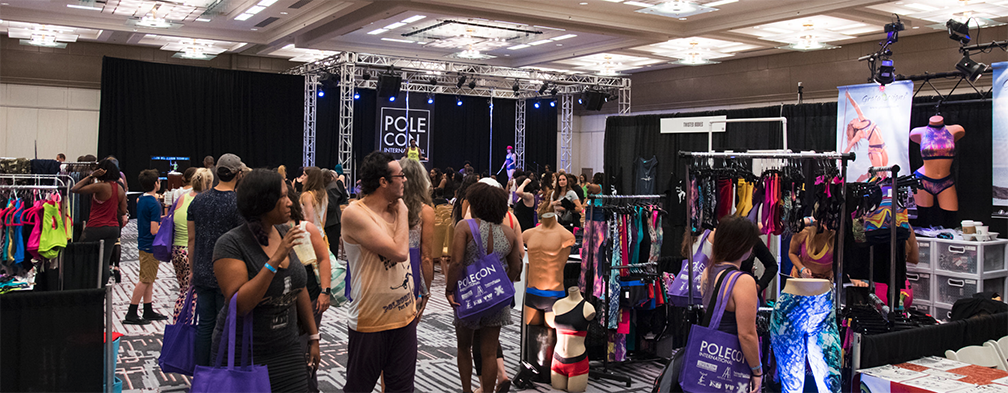You’re doing everything right—Training both sides. Eating well. Hitting the gym and the studio. …But…

What is fascia and why should you care?
Fascia is like a plastic wrap that covers literally all your internal bits including bones, nerves, organs, and muscles. It is a thin and flexible film made of collagen, as sensitive as skin, that crisscrosses around your body like a web. Fascia is a newer field of research and science is still trying to understand exactly the role that it plays in how we move. What we do know is that sometimes things that feel like muscular stiffness may actually be fascial stiffness.
“The fascial system surrounds, interweaves between, and interpenetrates all organs, muscles, bones and nerve fibers, endowing the body with a functional structure, and providing an environment that enables all body systems to operate in an integrated manner.” –Fascia Congress
How do you take care of your fascia?
An “adhesion” in your fascia, a part that is no longer smooth or flexible, can get that way from chronic movements (or lack of movement) or from an acute injury or trauma. Massage, including self-massage such as using a foam roller or other tools known as self-myo-fascial release (SMR), and heat can help release these adhesions as can staying hydrated and generally moving more. There are many types of massage or manual (hands-on) therapies that follow different methodologies that all may improve fascial tension including rolfing (also known as structural integration), reflexology, and more. “Trigger points” on these adhesions, which may be muscular or fascial, can also be released through acupuncture or dry needling.
There’s even a type of dry needling called “scar tissue mobilization” that helps to unbind the fascial tightness around scar tissue. All skin (and underlying tissues) should move gently up and down and left to right when pressed. Try pressing on a scar and likely you’ll feel—and see—a restriction in at least one direction in the tissue of your scar and directly around it. Once the scar tissue can freely glide, then the muscles, blood, nerves, bones, and organs are also able to move more freely.
Yoga can help keep your fascia moving and gliding in an optimal way, particularly when practicing Yin Yoga. This methodology specifically targets connective tissues such as fascia, ligaments, and joints by holding yoga asanas or poses for several minutes to release tension. The yoga concept of sending your breath to different body parts as you either hold poses (as in Yin Yoga) or move through them (as in Vinyasa Yoga) can also keep your fascia healthy.
Due to the crisscrossing nature of fascia’s web around our body, sometimes we can improve restriction and alleviate pain by doing a combination of massage, dry needling, SMR, or acupuncture on a totally other part of the body than the site of the original pain or restriction. It seems weird but it’s true!
Whichever methodology feels most appropriate to your body, know that many of these can also be used together such as focusing your breath at specific body parts during a hands-on massage or using a SMR tool during a Yin Yoga session. Just remember that myofascial release is literally the opposite of the “no pain no gain” philosophy. Be gentle with your body and make sure you don’t brace against any sensations you feel. If a sensation makes you tense up, then you are likely using a tool that is too hard/dense, a method you’re not ready for, or maybe working with a professional who is going too hard too fast. Look for a “hurt so good” type of sensation and if you feel a sharp pain, stop immediately.
SMR Activity—Palm Fascial Release
Goal: relieve neck tension
Why: from breathing inefficiently, stress and holding our head in one position while we sit can all contribute to neck tightness. This movement helps those muscles to relax without stressing the neck out more. The little muscles in the neck can make it hard to massage directly.
Test: take your hands and gently touch (press, rub, squish) your neck. Note how tight or firm it feels.
- From Seated Posture, make a “lobster claw” with one hand, pinching your thumb and index or middle finger together.
- Apply your “claw” to the meaty part of your opposite hand’s thumb, with your “claw” thumb on the palm side.
- Gently press, hold, massage, rummage and otherwise feel around in the meaty part of your thumb.
- Then, move to the rest of the palm.
- Finally, give each fingertip a pinch/squish.
- Repeat on the other hand.
Retest: take your hands and gently touch (press, rub, squish) your neck. Note how tight or firm it feels now.
Learn more:
Latest posts by Colleen (see all)
- Interview with New PoleCon Instructor: Melonsl - May 9, 2025
- PoleCon Hub Page: PoleCon Info - April 25, 2025
- Interview with New PoleCon Instructor: Aerial Crystal - April 4, 2025


